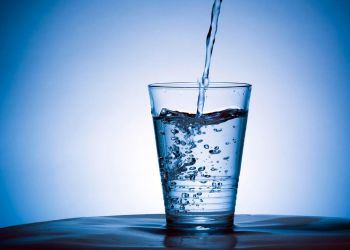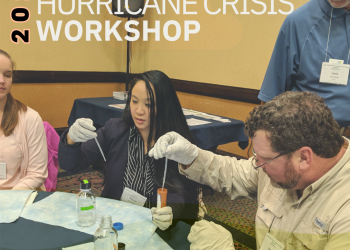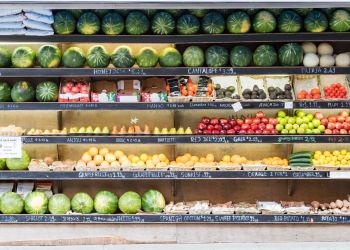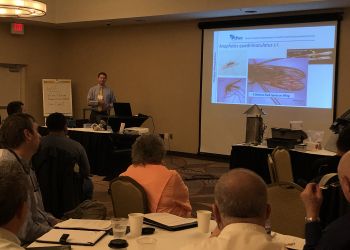The U.S. Food and Drug Administration released its “Strategy for the Safety of Imported Food” which outlines the agency’s comprehensive approach to helping ensure the safety of food imported into the United States.
The U.S. imports about 15 percent of its overall food supply from more than 200 countries or territories, with 13.8 million food shipments in 2018. In 2019, between 14 and 15 million shipments of imported food are expected to enter the United States. Other countries supply approximately 55 percent of fresh fruit, 32 percent of vegetables and 94 percent of seafood consumed in this country.
While the U.S. food supply is among the safest in the world and significant food safety advances are being made, a preventable level of foodborne illness continues to occur – arising from both domestically produced and imported food. For imported food, the volume and variety of imports and the complexity of global supply chains make food safety a challenging issue to address. Further complicating the issue, some exporting countries may have food safety systems different from ours and differing levels of regulatory capacity. Fortunately, FDA has been provided with a range of tools and authorities to address the situation both domestically and in the foreign arena. The strategy document released today describes how FDA is integrating new import oversight tools with existing tools to help ensure that imported food is safe for consumers in the United States.






